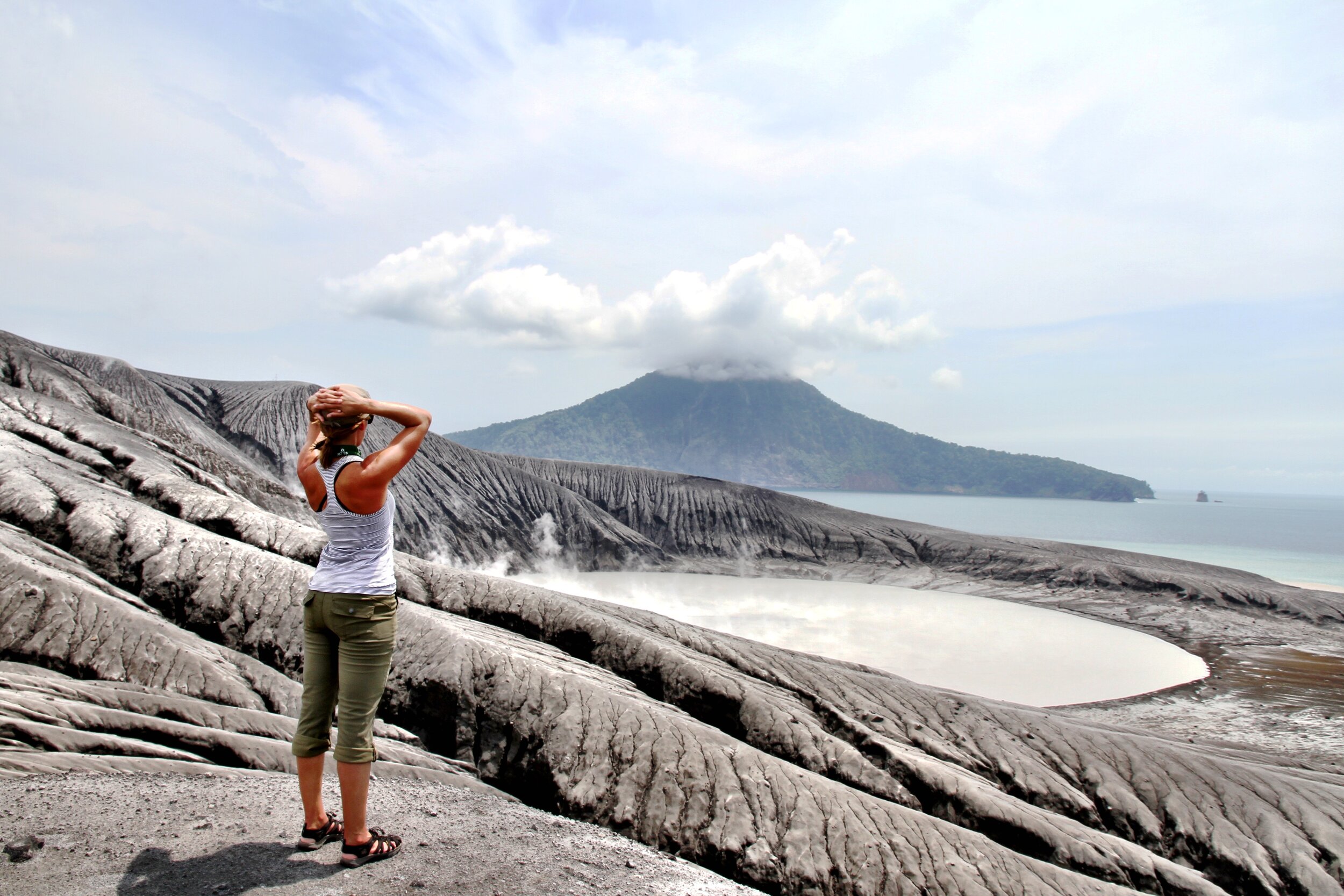Pompeii vs. the Volcano

PLINY THE YOUNGER watched from a safe distance across the Bay of Naples as Mt. Vesuvius, an active volcano towering over a small port town, huffed an angered plume, then swallowed the town and 2,000 of its inhabitants in ash and pumice.
The town of Pompeii was no more.
Among the dead was his uncle, Pliny the Elder, killed while rescuing victims. The famous quote, “Fortune favors the brave”, was uttered by the Elder as he ordered his helmsman to head in the direction of the deadly pumice showers and straight to sputtering Vesuvius.
Pompeii today is about 2 miles inland, but before Vesuvius erupted it was an important seaside town. Buried under 20 feet of volcanic ash and pumice, the city was looted by diggers once the dust settled, literally and figuratively. Centuries passed with fewer and fewer reasons the think of Pompeii. Nearly 15% of its inhabitants were killed during the blast, and as time drew on there were fewer and fewer personal accounts of the city. Eventually, the name Pompeii was forgotten.
An attempt to divert a river in the late 1500’s uncovered signs of Pompeii and true excavations began more than 100 years later. After being erased for more than 1,500 years, Pompeii was back in the minds of the people - but its grumbling destroyer had never left…
Looking down into the Vesuvius caldera - still smoldering after all these years.
Atop Vesuvius, looking over the Bay of Naples.
Standing at the ruins of Pompeii looking up at the volcano that destroyed it.
Bodies entombed in ash decayed, leaving behind natural molds, which were used to make plaster casts that tell a chilling story.
"Artwork” lining the walls of the local brothel. Pompeii was a port city, which meant many languages passed through. These images acted as a menu which patrons could point to to request a “service”.
Some streets had raised stone walkways to keep feet out of the rainwater and city muck. You can also see the wagon wheel tracks dug into the path.
Parts of frescoes remain in some interiors.
VERDICT: Mostly Harmless - until Vesuvius gets angry again.























